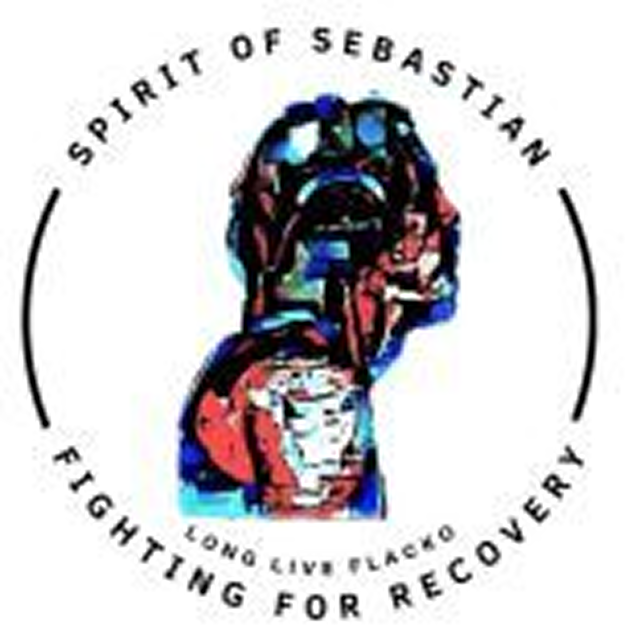Cocaine
Cocaine is a powerful and highly addictive stimulant drug derived from the coca plant. Usually found as a white powder, it is typically snorted, rubbed on the gums, or dissolved and injected.

The Origins of Cocaine
Cocaine is a powerful stimulant drug derived from the leaves of the coca plant, native to South America. Indigenous peoples have chewed coca leaves for centuries for their energizing effects. In the late 1800s, Western scientists isolated cocaine hydrochloride, promoting it as a medical remedy for fatigue, depression, and even toothaches.
Cocaine was widely used in tonics, elixirs, and even the original formula of Coca-Cola. It wasn’t until the early 20th century that its addictive properties and health dangers became widely recognized, leading to tighter regulation and eventual criminalization.
A VICIOUS CYCLE
Cocaine was once believed to be a safe and effective stimulant. But as its popularity grew—especially among professionals, artists, and soldiers—so did reports of psychosis, violent behavior, and dependence.
Even as regulations tightened, recreational use surged, particularly in nightlife and elite social circles. By the 1970s and 1980s, cocaine became glamorized, only to be followed by waves of addiction, overdose, and the emergence of crack cocaine as a cheaper, smokable variant.
Cocaine addiction continues to be a global public health issue, affecting users of all backgrounds.
What Does Cocaine Look Like?
In its most common form, cocaine is a fine white crystalline powder. It may also appear as off-white or slightly grainy depending on purity and additives. Cocaine is often “cut” with substances like baking soda, talcum powder, or local anesthetics to increase profit—greatly increasing the risk to users.
Cocaine is usually snorted, rubbed on the gums, or injected. In its processed, smokable form, it becomes crack cocaine.
Even a small amount can be dangerous, especially when combined with alcohol or other substances.
The Destructive Effects of Cocaine
IMMEDIATE HARM
The initial effect is a fast, euphoric “rush” followed by intense stimulation, alertness, and confidence. But these effects fade quickly, often leaving the user feeling anxious, irritable, and craving more.
SHORT-TERM EFFECTS
Elevated heart rate and blood pressure
Extreme alertness and restlessness
Loss of appetite
Increased body temperature
Dilated pupils
Nausea
Muscle twitching
Violent or erratic behavior
Anxiety, paranoia
Risk of heart attack, stroke, or seizure
LONG-TERM EFFECTS
With continued use, cocaine severely damages the heart, brain, and emotional well-being:
Permanent damage to blood vessels
Heart rhythm abnormalities
Respiratory issues
Nosebleeds and damage to nasal passages (from snorting)
Hallucinations or “cocaine psychosis”
Severe depression or suicidal thoughts
Sleep disorders
Sexual dysfunction
Increased risk of stroke and seizure
Risk of overdose, especially when mixed with other drugs (like fentanyl)
Behavioral Changes
Hyperactivity and talkativeness
Risky behaviors or poor decision-making
Paranoia or hallucinations
Aggressive or unpredictable behavior
Sudden bursts of confidence or euphoria
Secretive habits or frequent disappearances
Physical Changes
Dilated pupils
Frequent sniffling, nosebleeds
Weight loss
Increased sweating
Jaw clenching or twitching
Restlessness or insomnia
Burn marks (if smoked or injected)
Social Changes
Withdrawal from family or friends
Sudden change in peer group
Job or academic decline
Legal problems or financial issues
Ignoring responsibilities or obligations
Continued use despite harm to health or relationships
